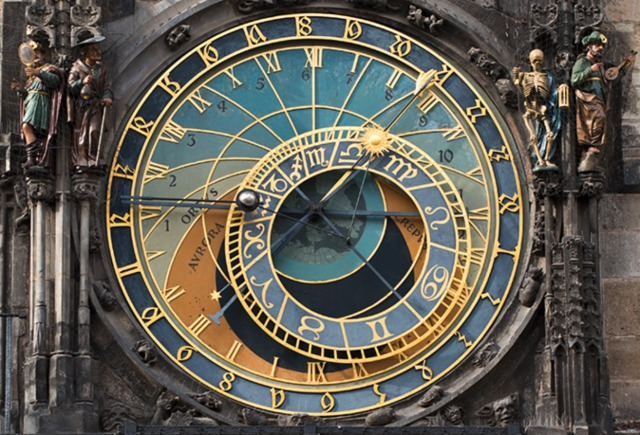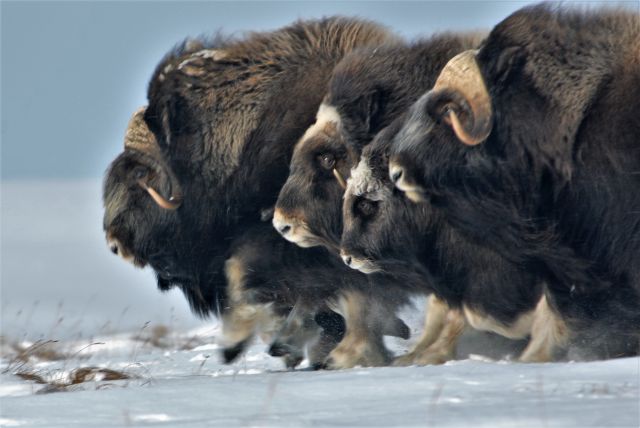
In many branches of science, a good clock can make all the difference. The better we can determine how old things are and when events happened, the better we can put the pieces of history back together. It’s important to know that the universe started 13.73 billion years old, for example, and that the Earth is 4.56 billion years old.
There is no one clock to rule them all, though. Each science requires a clock of its own, and some of them require a whole wall of timepieces. For the universe, we have to use old light to tell time. For the Earth, certain radioactive elements like strontium have ticked away accurately since the planet’s formation. Continue reading “Friday’s Elk: February 25, 2018”
